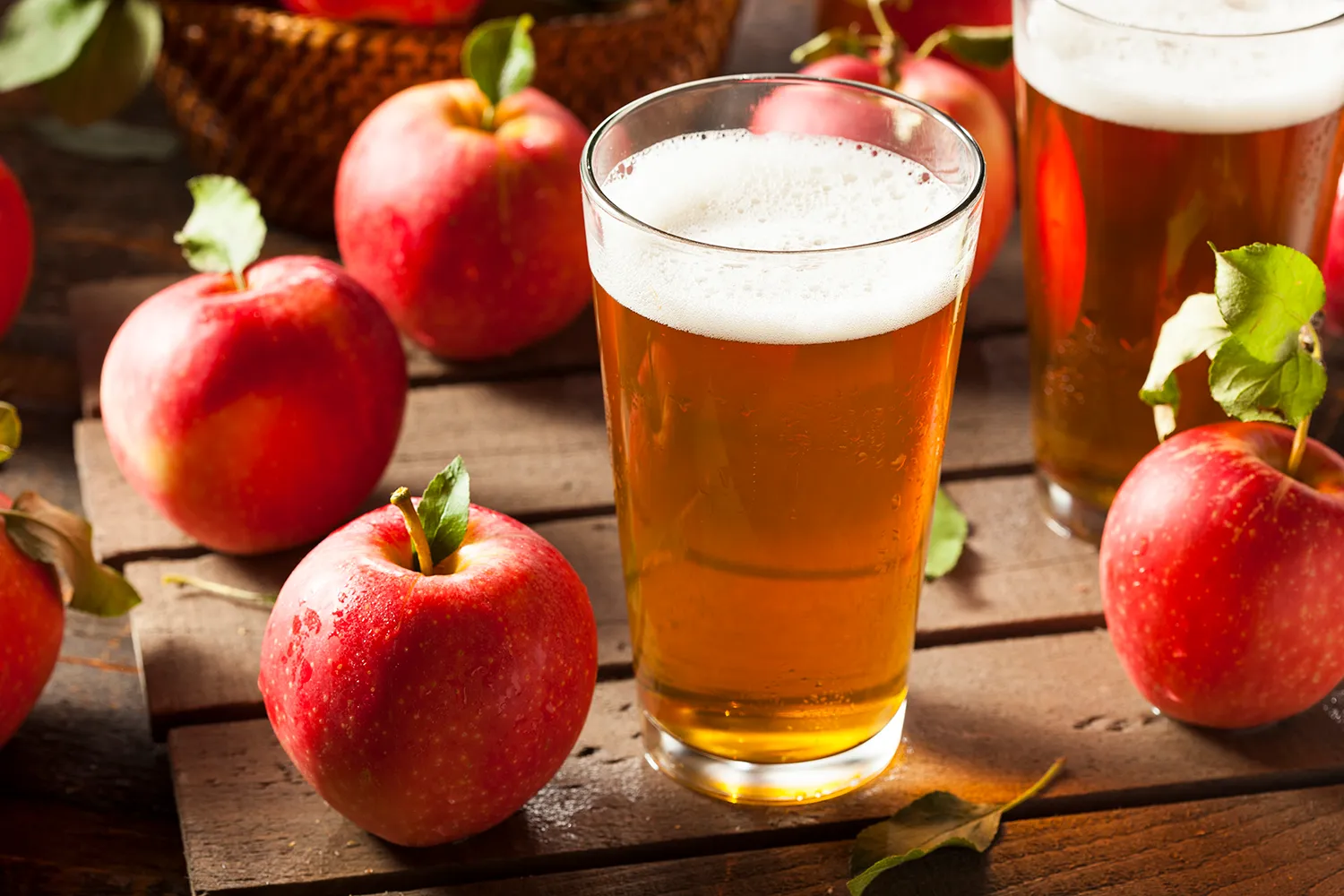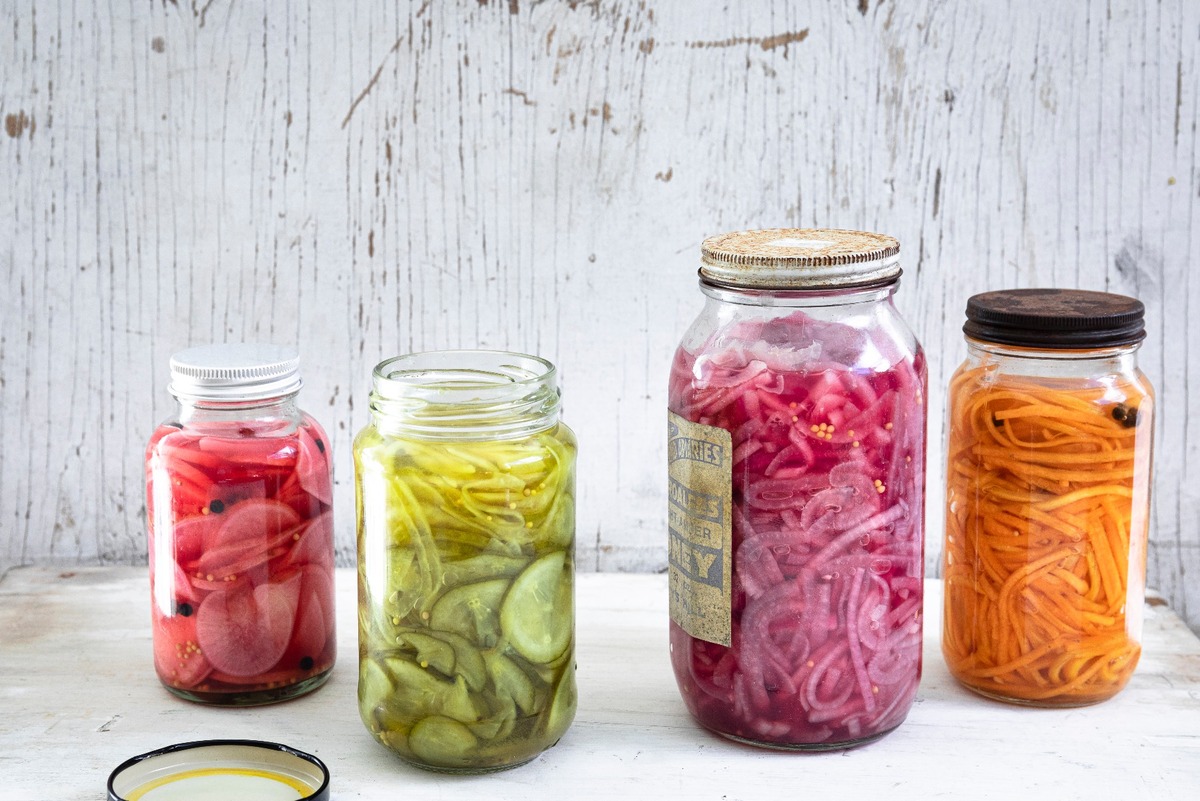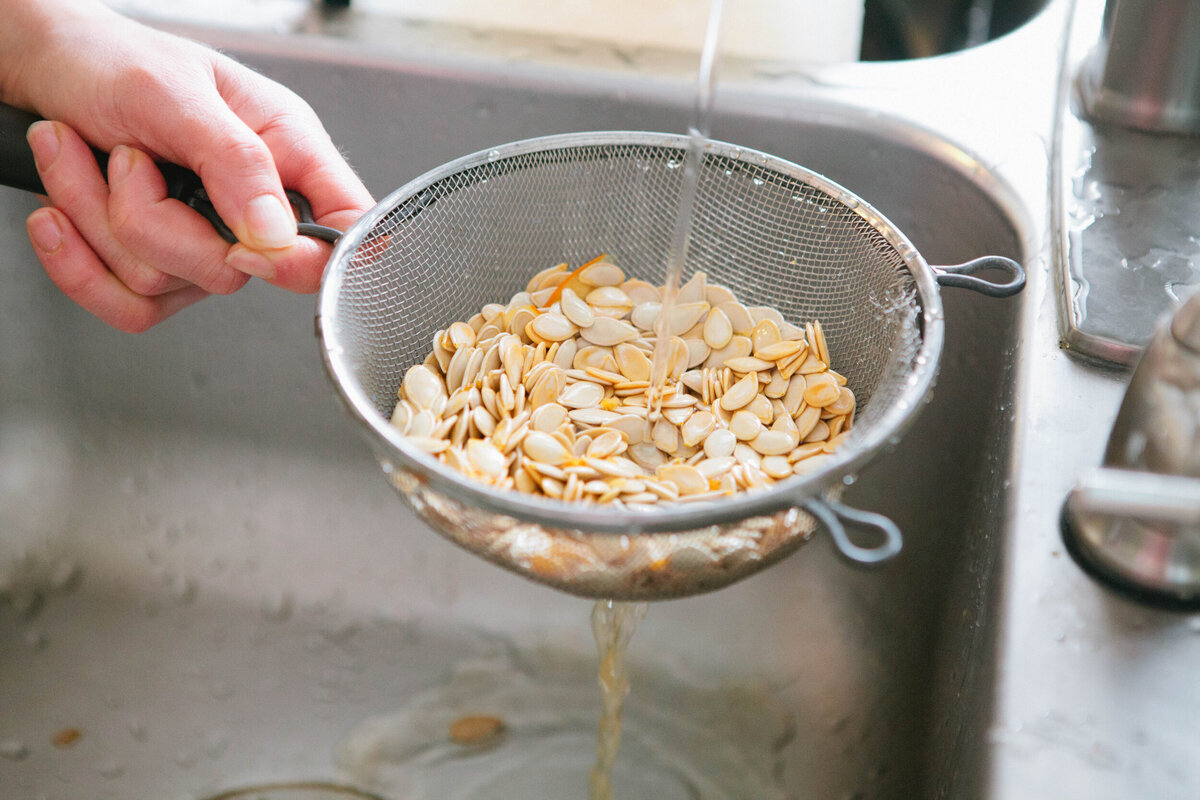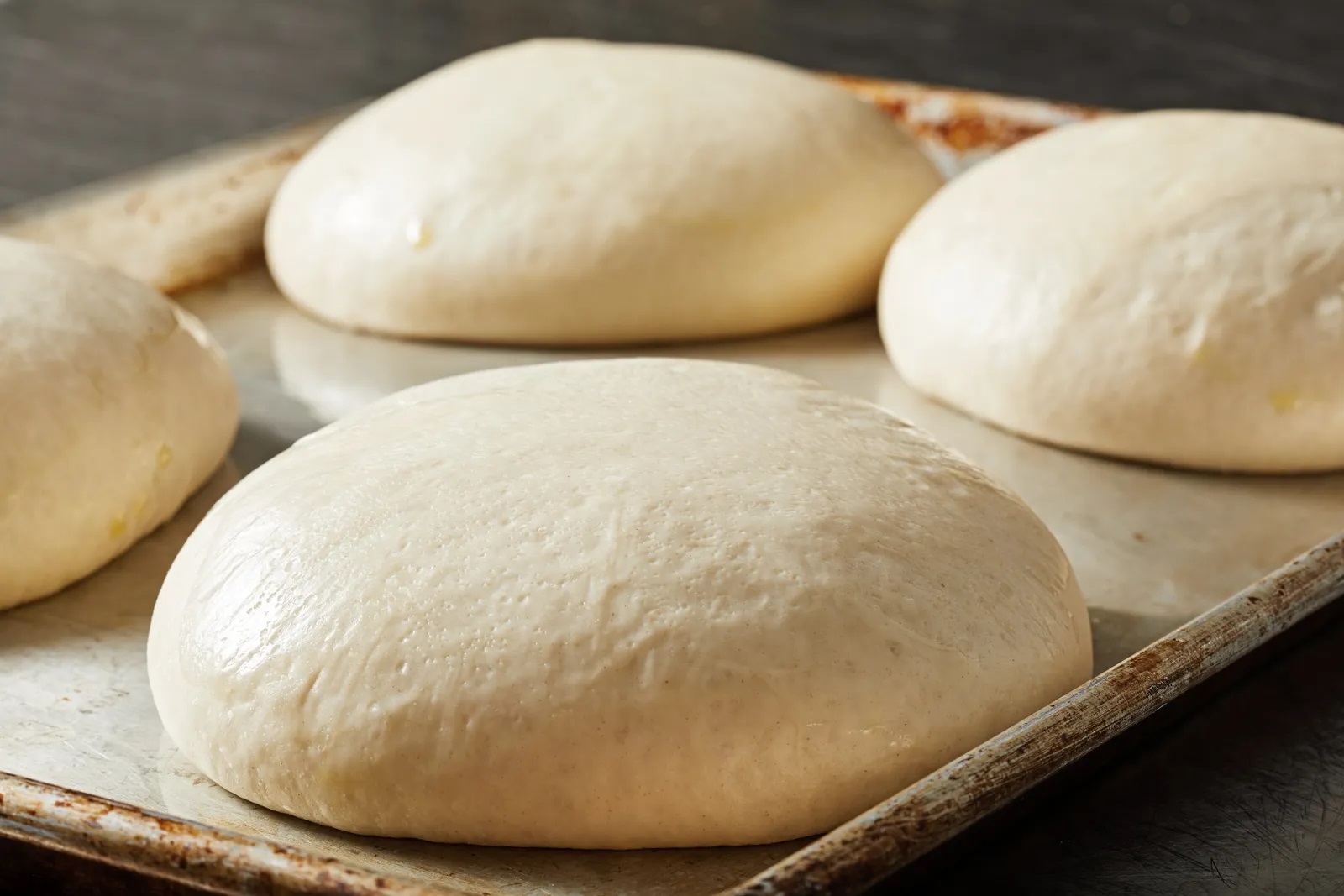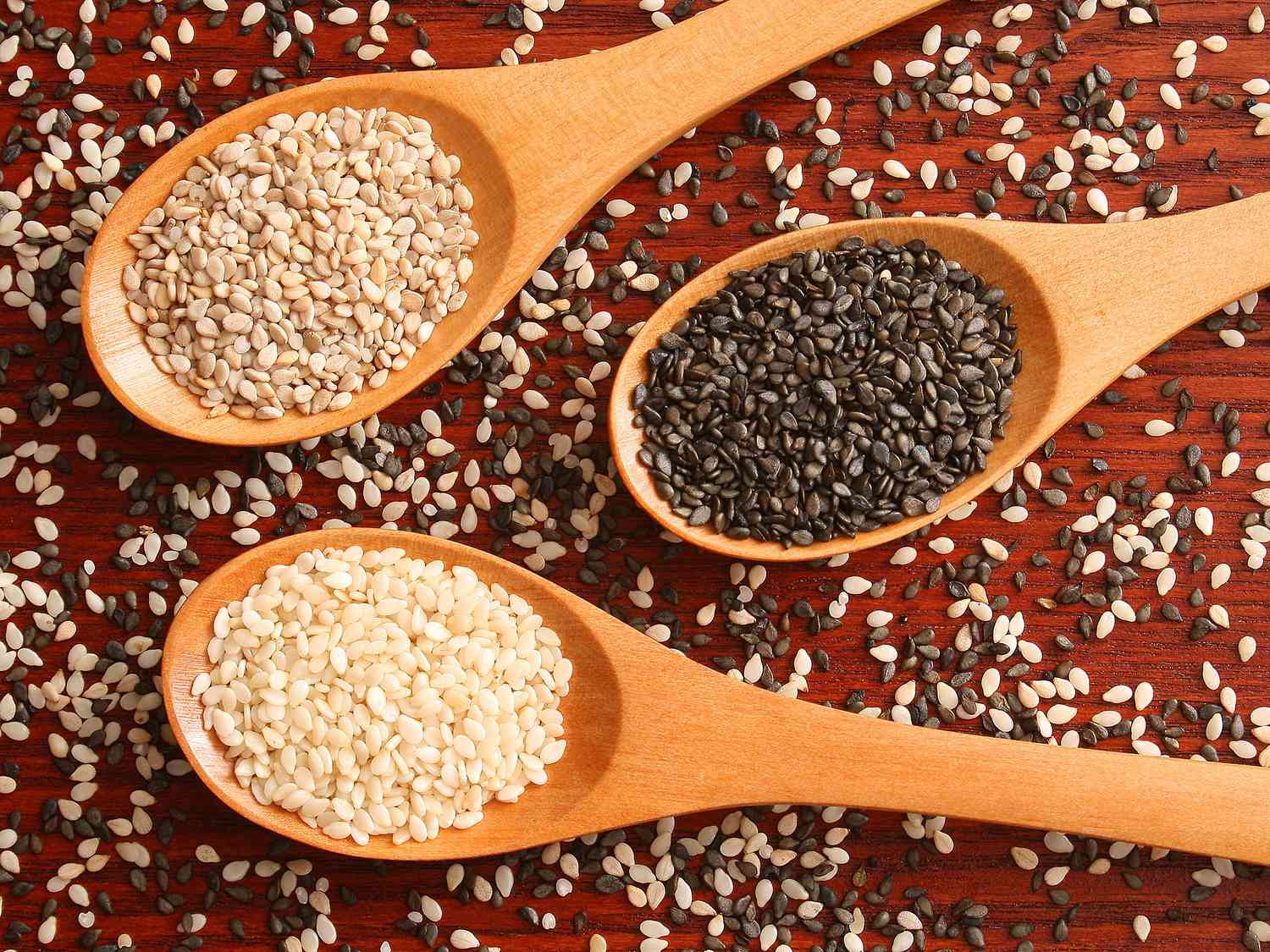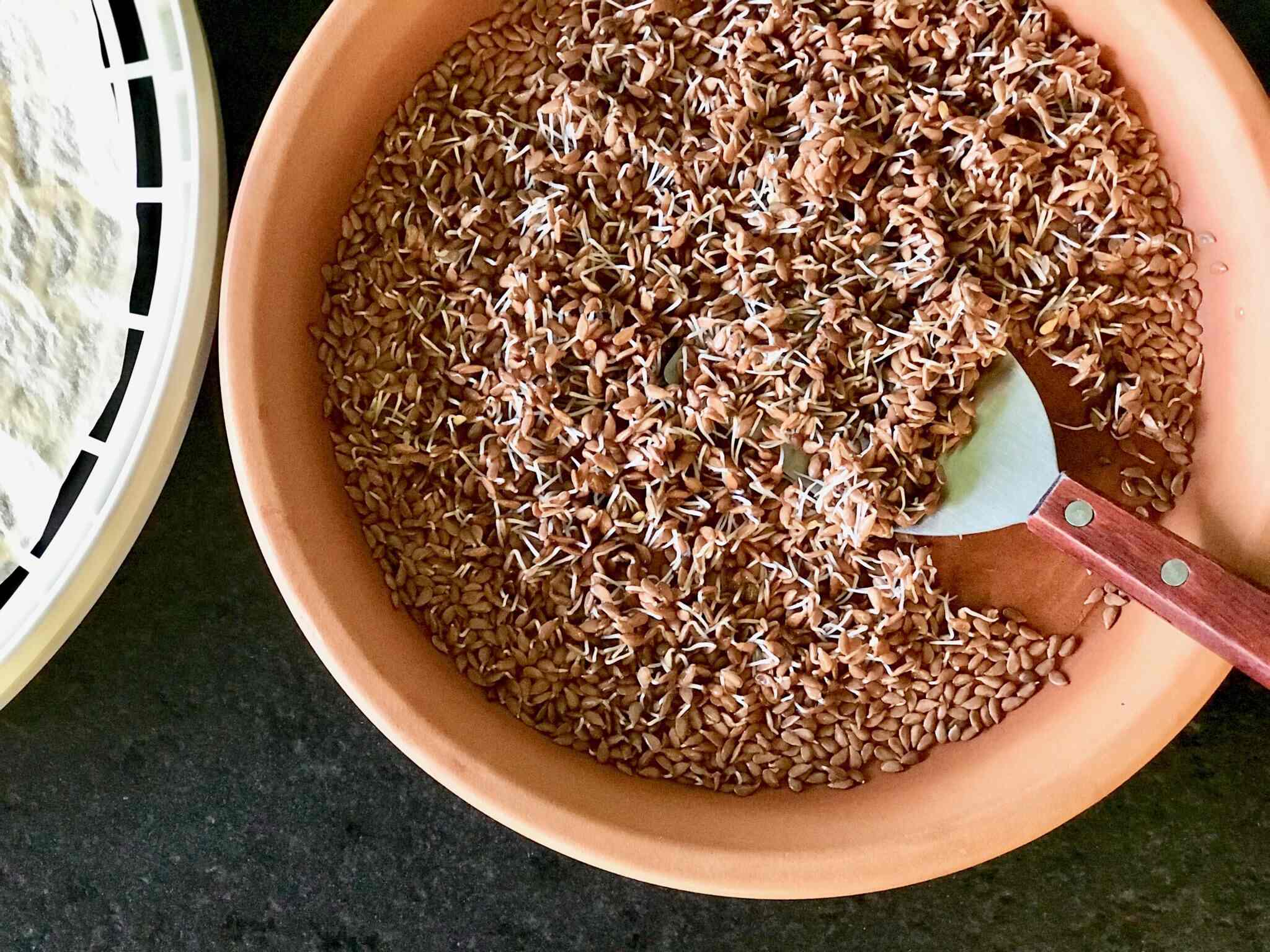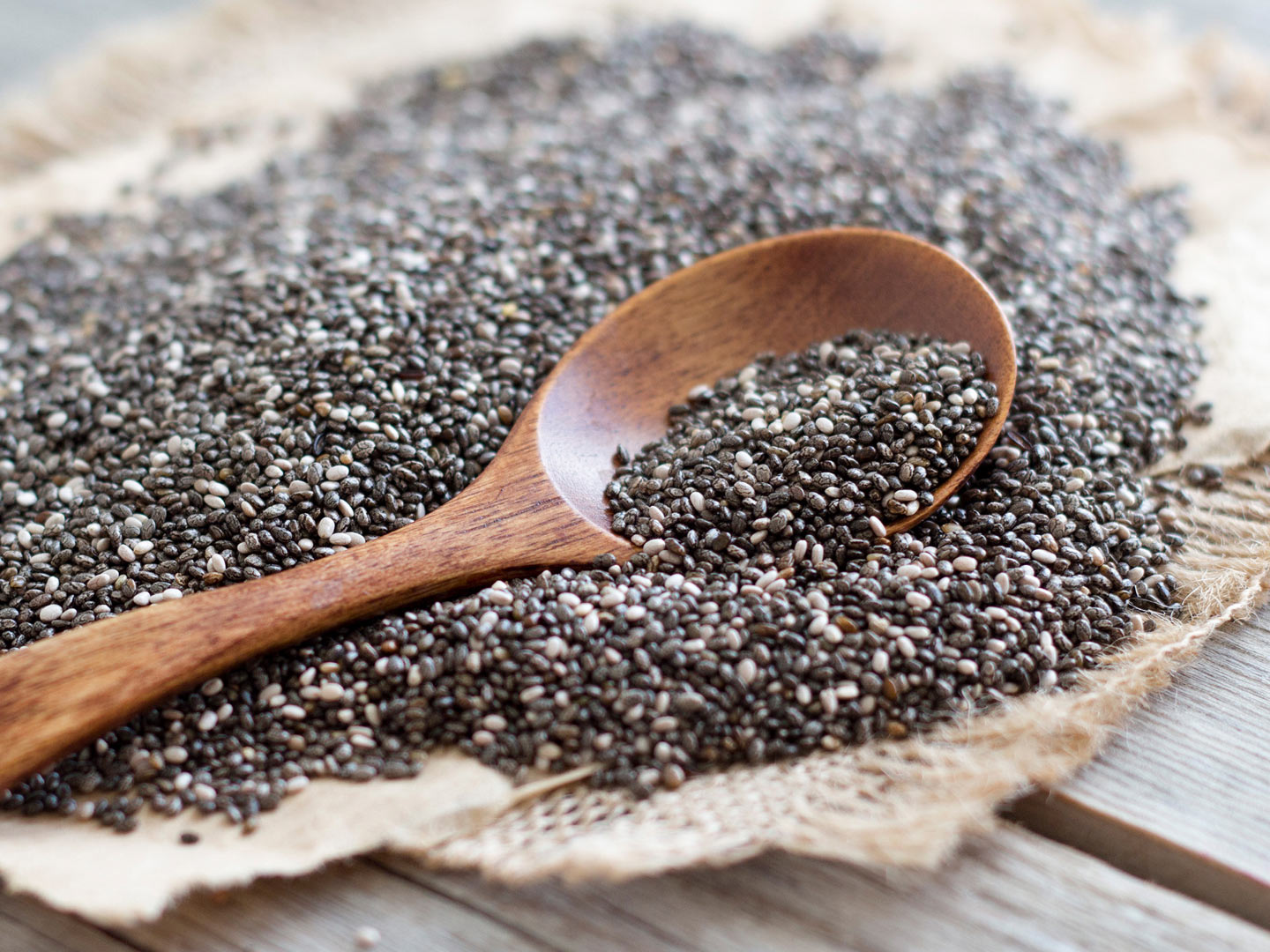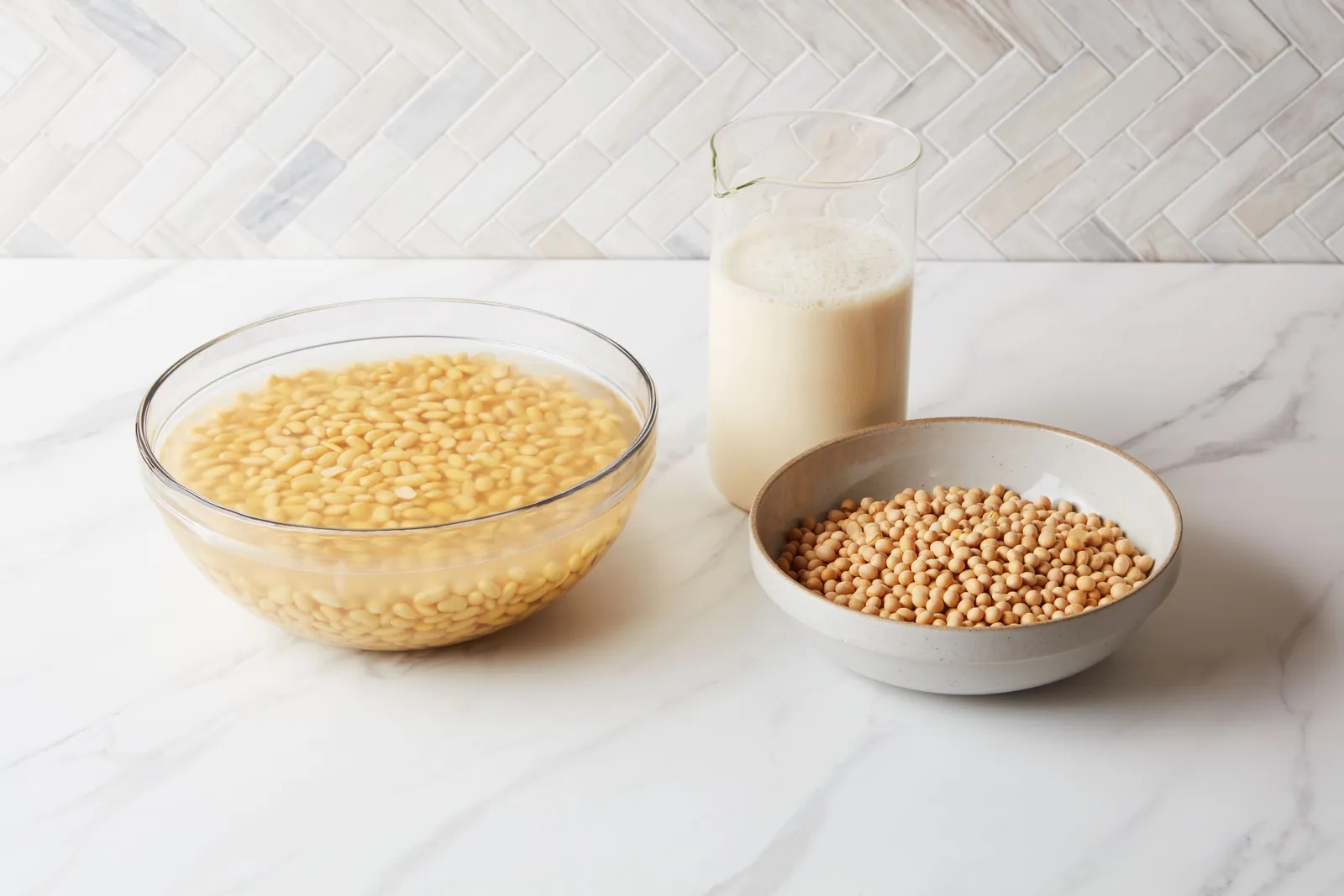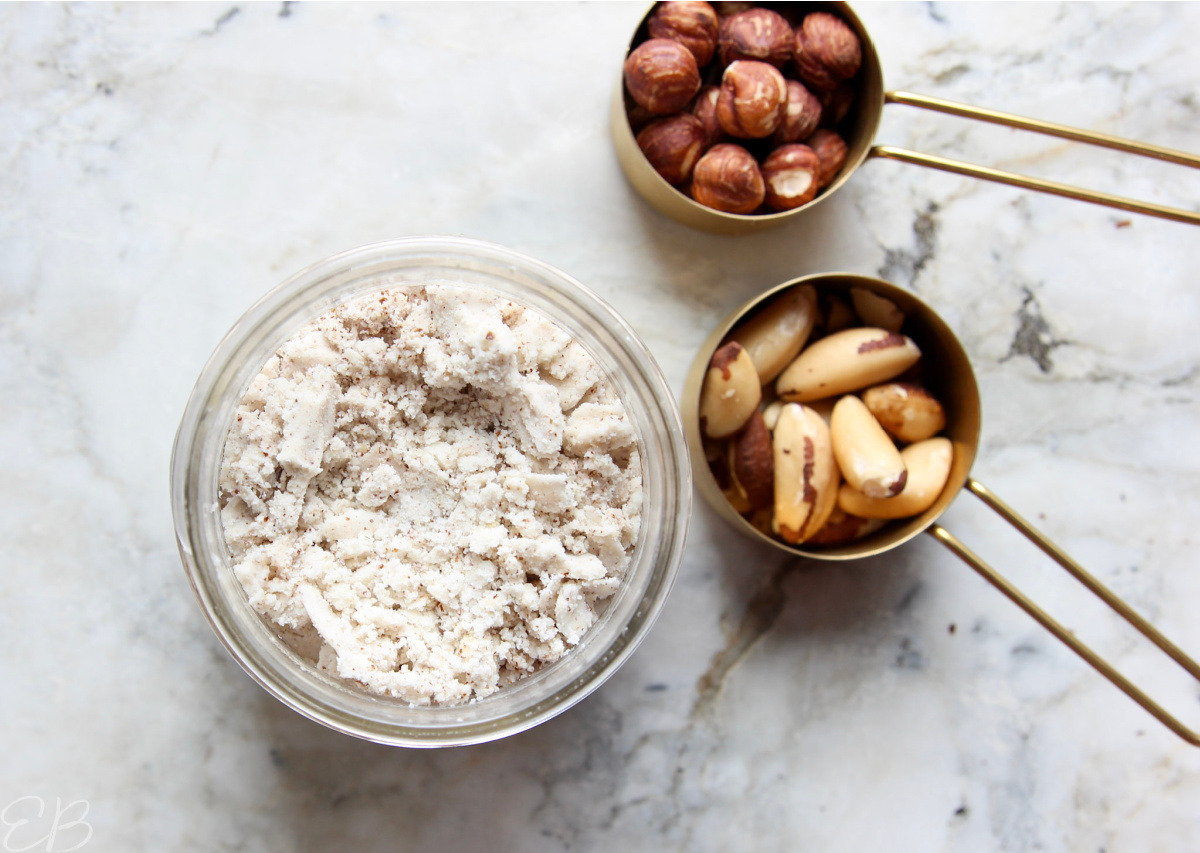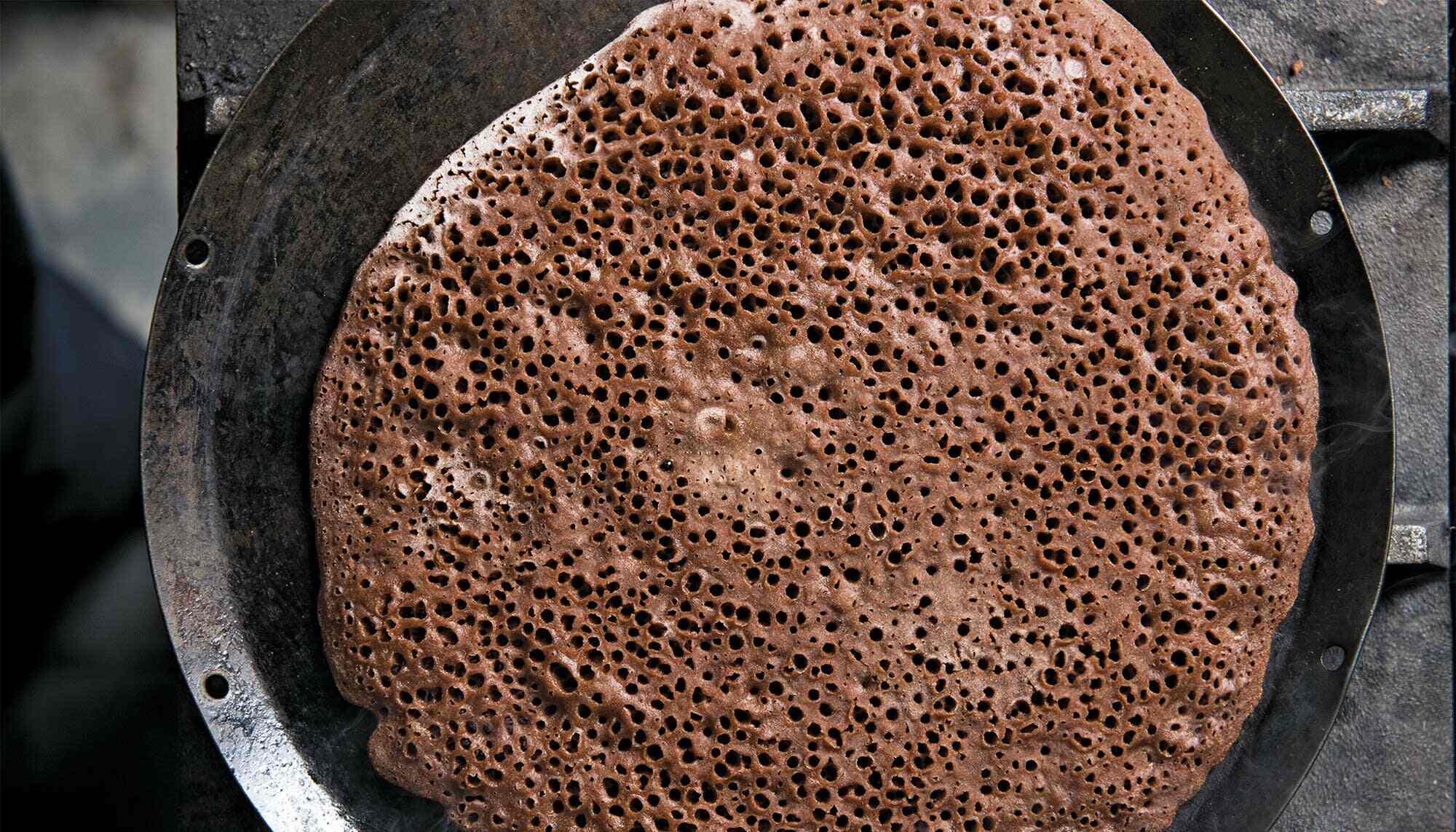What is Whole Wheat Flour Fermentation?
Whole wheat flour fermentation is a process of allowing the natural yeasts and bacteria present in the flour to ferment and create a sourdough starter. This starter can then be used to make delicious and nutritious whole wheat bread.
Why Ferment Whole Wheat Flour?
Fermenting whole wheat flour has several benefits:
- Improved Digestibility: Fermentation breaks down the phytic acid and gluten in whole wheat flour, making it easier to digest.
- Enhanced Flavor: Fermentation imparts a delightful tangy flavor to the bread, adding depth and complexity to its taste.
- Nutritional Boost: The fermentation process increases the bioavailability of nutrients in the flour, making it more nutritious.
Steps to Ferment Whole Wheat Flour for Bread
Follow these simple steps to ferment whole wheat flour and create a sourdough starter for your bread:
- Mixing: In a clean glass or ceramic bowl, mix together 1 cup of whole wheat flour and ½ cup of water. Ensure that the mixture is well combined.
- Covering: Cover the bowl with a clean kitchen towel or plastic wrap and let it sit at room temperature for 24 hours.
- Feeding: After 24 hours, discard half of the mixture and add another 1 cup of whole wheat flour and ½ cup of water. Mix well and cover the bowl again. Let it sit for another 24 hours.
- Repeat: Continue discarding half of the mixture and feeding it with fresh flour and water every 24 hours. You should start to see bubbles forming and notice a sour smell, indicating that the fermentation process is working.
- Ready to Use: Once your sourdough starter is bubbly, active, and has a pleasant sour aroma, it is ready to be used to make whole wheat bread.
Tips for Success
Here are some tips to ensure successful whole wheat flour fermentation:
- Use Good Quality Flour: Start with high-quality whole wheat flour for the best results.
- Consistency is Key: Maintain a consistent feeding schedule for your sourdough starter to keep it healthy and active.
- Patience is a Virtue: Fermentation takes time, so be patient and allow the natural process to work its magic.
Conclusion
Fermenting whole wheat flour is a simple yet rewarding process that can elevate the flavor, digestibility, and nutritional value of your homemade bread. By following these steps and tips, you can harness the power of fermentation to create delicious and wholesome whole wheat bread at home.
More Delicious Recipes Using Fermented Whole Wheat Flour
Once you've mastered fermenting whole wheat flour, the culinary world opens up with a host of delectable recipes to try. For those eager to start, Classic Whole Wheat Sourdough Bread remains a fundamental and rewarding bake, perfect for honing your new skills. If you're looking for something a bit more adventurous, Rustic Whole Wheat Sourdough Baguettes offer a delightful challenge with their crisp crust and airy interior. For weekend breakfasts, why not whip up some Whole Wheat Sourdough Pancakes? They're not only delicious but a great way to use any excess starter. Each recipe provides a unique way to apply the techniques you've learned, making every baking session both fun and educational.
Was this page helpful?
Read Next: How To Ferment Bread Without Yeast
